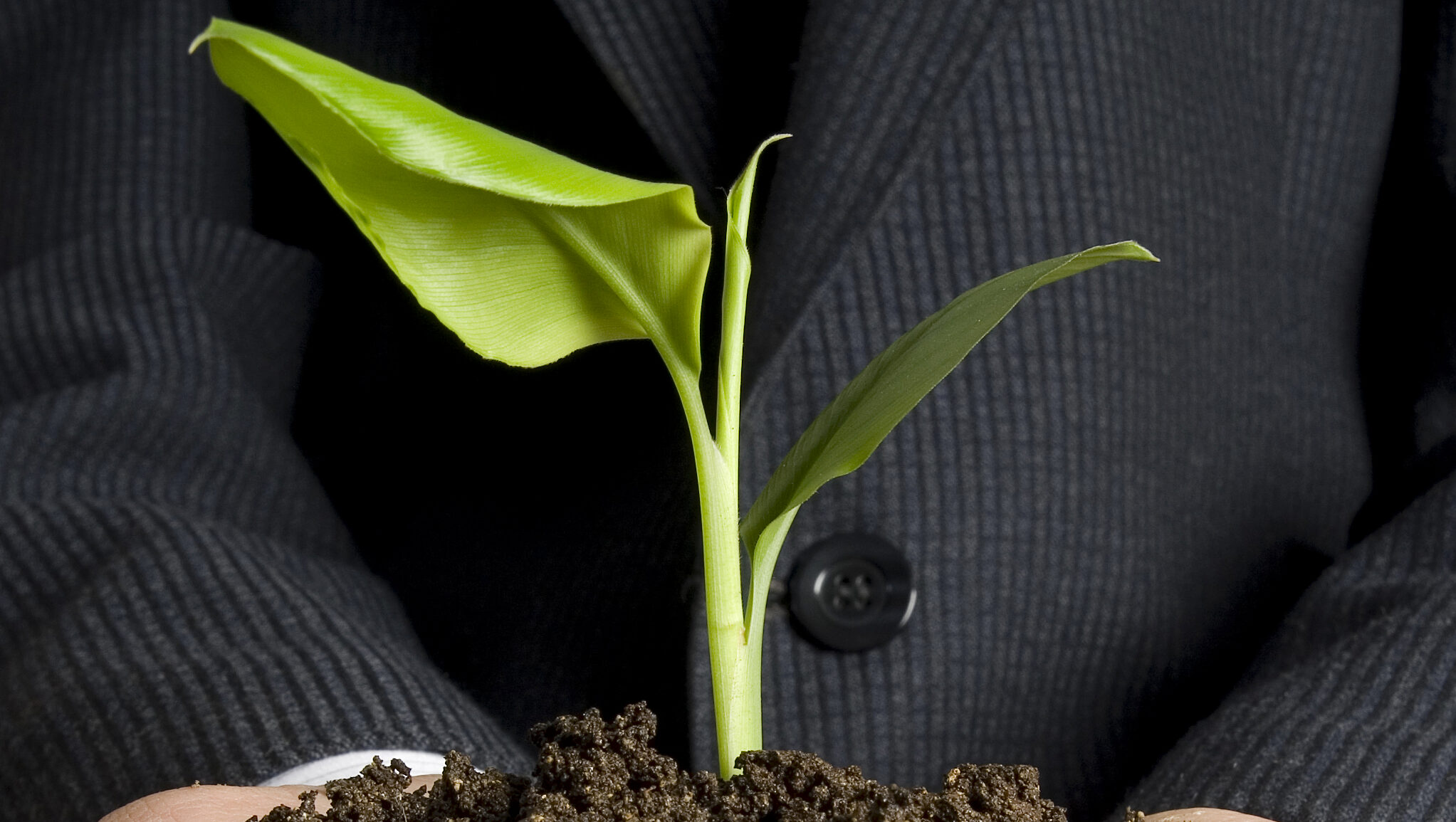By Lisa Courtney Lloyd
In the early days of COVID 19, anyone looking at me would have thought my Airpods were permanently attached to my ears. Like so many, I spent hours listening to podcasts about the virus, trying to understand it and its impact. Months later one podcast has stuck with me. The topic was the world after COVID 19 and included a series of interviews published through the Munk Dialogues. The podcast in mind was an interview with renowned author and thinker Malcolm Gladwell.
Gladwell began the podcast with reference to a book about soccer, written by Chris Anderson and David Sally. In this book, Anderson and Sally explored the question: to make a soccer team better, do you improve its best player or its weakest one?
Their findings suggested that soccer is a weak link sport. Since the game is highly interactive and opponents can exploit the weakest link, you improve the team by improving the weakest link. They contrasted this with basketball, a strong-link sport, where a super star, like Kawhi Leonard for example, can win the game.
Gladwell extrapolated this weak-strong link theory to talk about the impact of COVID. He argued that for many years western society had played the strong link game and in doing so was unprepared for this crisis. In his opinion, the world was now in a weak link game, where we need everyone to be stronger and cooperate. In his opinion, a weak link – lack of masks, gowns and nurses – brought western economies to a standstill. “Our vulnerabilities are numerous and scattered and hidden and have the potential to bring down the rest of society – that’s soccer.”
I work in agri-business, a sector that has seen setbacks because of COVID. But the pandemic aside, in any given year agri-business has more than its fair share of risks. In a recent article in Country Guide magazine (March 19, 2020), columnist April Stewart expresses it well:
“Agriculture is not for the faint of business heart. If ever there was a job that should come with the warning ‘avoid if allergic to risk’ in bright red letters, it’s farming with its cantankerous and cumbersome risk factors like weather, trade agreements and regulations.”
In her article, Stewart continues with a solid discussion on the risks in agriculture, citing HBR authors Robert S Kaplan and Anette Mikes as well as Mathieu Lipari from Farm Management Canada. Lipari categorizes agriculture’s risks into six “families of risk”: people, finance, markets, management, business environment and production.
In an industry where longevity is measured in generations, we, the team at Market Maker Agriculture, are a relative newcomer to agriculture. We have enough experience to recognize the risks but a newness to have a different perspective. The risks are real and to bring you back to Gladwell, I would suggest that agriculture and agri-business are in the game of soccer, and need to consider the weakest link which in agriculture terms manifests itself in that dreaded but inevitable bad year. Be it caused by weather, a swing in consumer demand, a sudden change in trade agreements, or COVID, that bad year can be devastating to an agri-business and while most of the risks cited are out of the control of agribusiness owners, the weak link can be strengthened.
Stating the obvious, agriculture is a capital-intensive sector. Couple that with seasonality and you have companies that are dependent on their operating lines. Now, most businesses have and use operating lines but companies with a steady stream of income tend to dip in and out throughout the year, for instance to cover payroll before the next revenue cheque comes in. With seasonal businesses, however, the company typically reaches the peak on its line of credit when it is just starting to sell product. You can see where this is going… if a business doesn’t generate the forecasted revenues because it’s a bad year, loans could be called. And, it doesn’t matter how positive the future, how great the track record, if a company can’t meet its debt obligations, it could be filing for bankruptcy.
Simply put, the weak link in agriculture is too much debt.
So how does a business strengthen this weak link?
One solution is to keep more money in the business by limiting distributions. In this scenario, any extra cash would be set aside to augment, or be used as, the operating line. Another option is for a company to diversify which may not be feasible if it requires taking on more debt. A third solution is to share seasonality which is what coops tend to do. It is also what we do. Market Maker Agriculture invests in seasonal agribusinesses, creating a portfolio of companies that share cash flows.
At the time of writing this blog, we are several months into COVID 19 and the conversation has turned to food security (or insecurity). While the pandemic has highlighted the vulnerabilities in our food system, I am optimistic, it will also serve as a catalyst for change. Today, great minds are examining our food systems to better understand how we can make them more sustainable. And while a global or even national scale may seem to be out of our reach, we can contribute by strengthening our own businesses.
To finish off this article, I’ll take us back to Gladwell and one of his more famous quotations.
“Good writing does not succeed or fail on the strength of its ability to persuade. It succeeds or fails on the strength of its ability to engage you, to make you think, to give you a glimpse into someone else’s head.”
This post was not meant to persuade; rather to encourage agribusiness owners to think about their businesses and how they might strengthen their weakest link and in doing so, strengthen North America agriculture.
Reference links:
Thinking about risk? Country Guide Magazine




